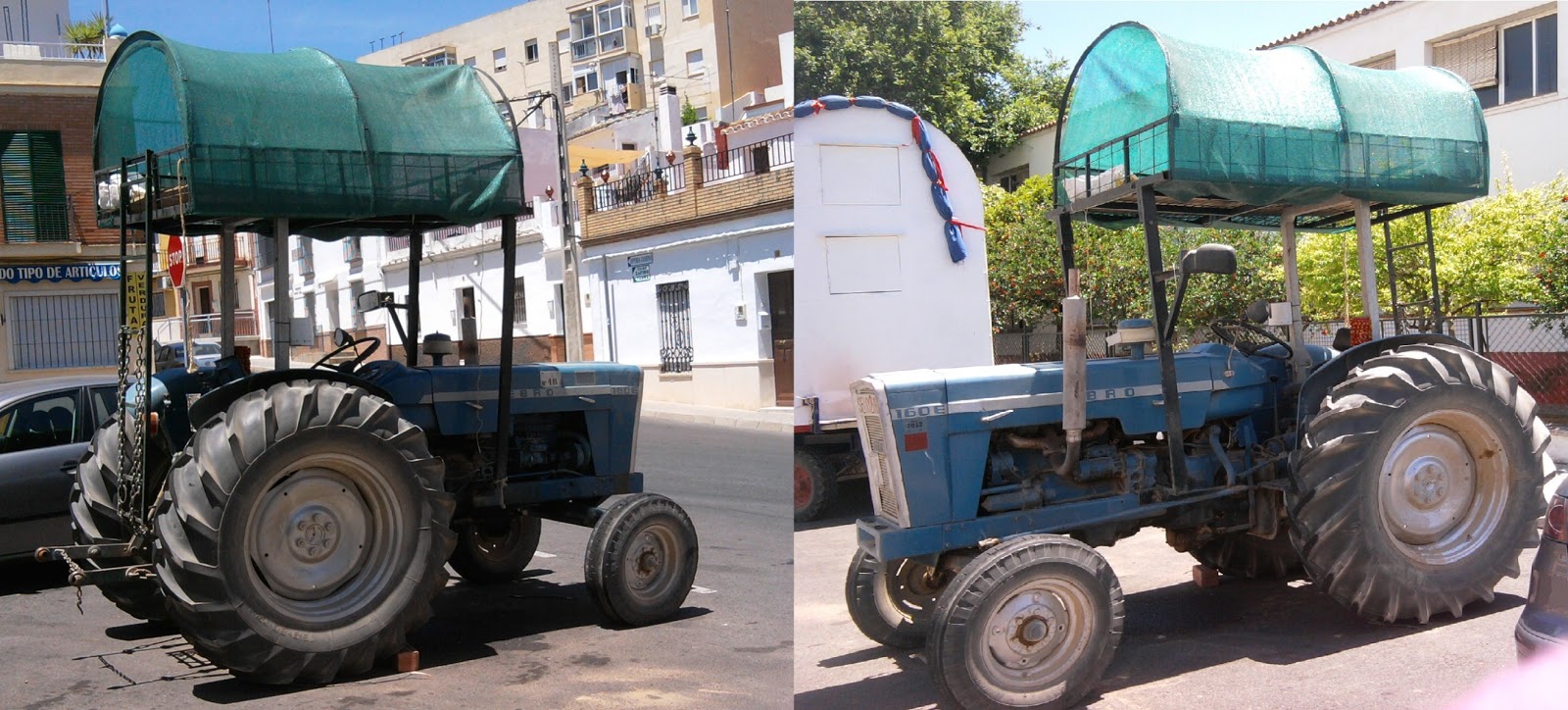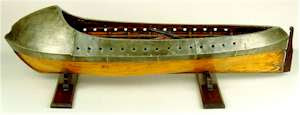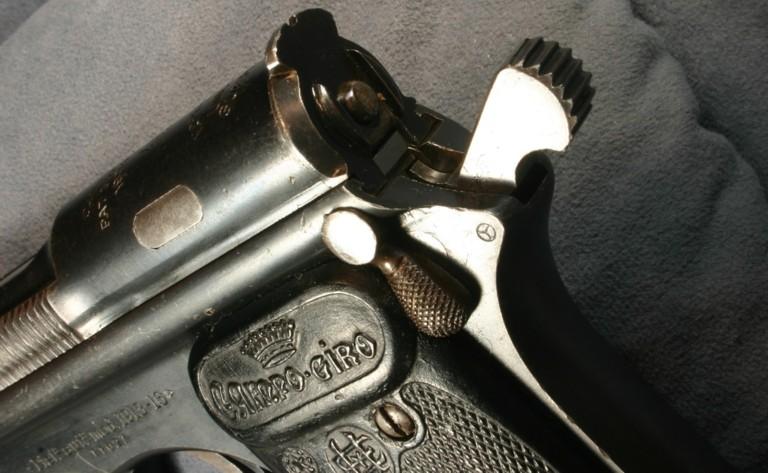As you may know, Spain is a decentralised unitary state that has devolved power to autonomies, the 17 autonomous communities and 2 autonomous cities, each proud of their paraphernalia, including anthems, flags, dialects, communal celebrations and customs, gastronomic delights, etc. In that respect, the Andalusian anthem and flag are, without a doubt, the pride of Andalusia. People
tend to decorate their balconies with the green and white flag in
case of any event held that day in town.
Flags
of autonomous communities of Spain. Image taken from 20minutes.es
The flag of Andalusia is traditional and easy to understand. It consists
of three horizontal stripes - green, white and green - of equal
width. The flag features the coat of arms of Andalusia reproduced on
the middle field of the flag on both sides of it. The coat of arms shows young
Hercules between the two columns that legend places in the Strait of Gibraltar with an inscription at his feet. The columns are linked together by an arch that also has an inscription on it. The design is clean
and simple, although I wouldn't say that the texts are proportionate
and balance the background composition, but all in all, the flag is
visually easy on eye. As this is not an exactly proportional font for
readability that has been used, the following is aimed to save your
time and help you in reading the lettering. The arch inscription in yellow capital letters reads: "Dominator Hercules Fundator" (Sovereign Hercules, the Founder) and the bottom one: “Andalucía por
sí, para España y la Humanidad” (Andalusia for itself, Spain and Humanity).
Flag of Andalusia. Image taken from Wikipedia
Blas
Infante is known as the designer of the flag. He chose the green as
corresponding to the rule of the Umayyads (the Arab dynasty that
incorporated Al-Andalus into the Muslim world and governed it in the
form of an Emirate and a Caliphate from 756 until 1031), and the
white to the Almohads (the Moroccan Berber-Muslim dynasty that
governed Al-Andalus in the form of a Caliphate from mid 12th century
until 1212) for considering these two the periods when the political
power centered in the current territory of Andalusia reached its
highest glory. It doesn't mean that Blas Infante praised being under
a foreing reign influence. It was a broader picture he had in mind, the greater good for the region. After all, metaphorically speaking, the life in Andalusia is still striped, it just may be today a bit more colourful.
Provinces of Andalusia, depicted in "Umayyad" green, assimilating people from different backgrounds
Besides, together with this historical
meaning would co-exist a
symbolical meaning,
identifying the green with hope and the white with peace (both forever relevant), as expressed by the regional anthem. Beautiful symbolism, isn't it? Let alone, it's not a homogenous society, but a region where contrasts enrich the whole picture of social intercourse. It's the melting of cultural identity of the former Arab-Muslim population during the
integration into Andalusia that had given step to the identification
between the Arabian or Moorish culture and the Andalusian culture.




































